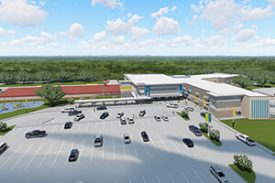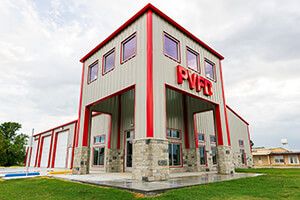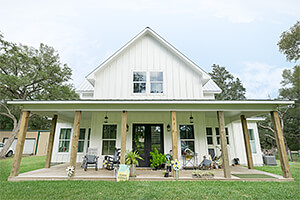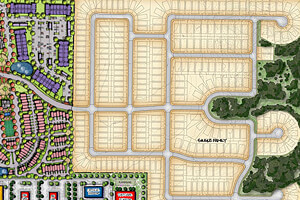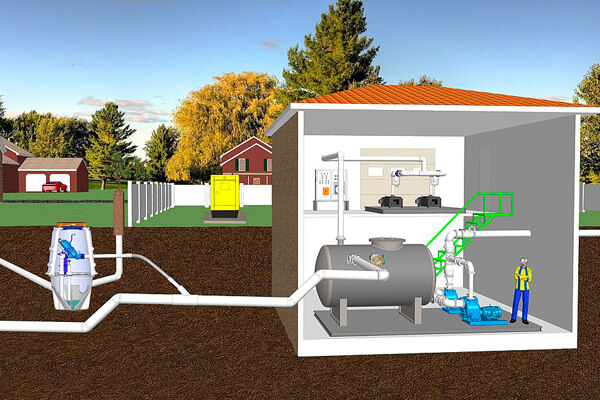- About Us
Resources
"After years of working together, we use Lynn Engineering exclusively and tell the families that we’re building for that they are in good hands."
— Krystle Henson,
KC Coastal, LLC
- ServicesOur team has spent years working throughout the Texas Coastal Bend on projects for both public and private sectors, developing lasting relationships with our clients.
Specializing in designing projects located in the high wind zones of the Texas Gulf Coast. Our experience includes mild reinforced concrete, post-tensioned concrete, timber, steel, and masonry structures.
Windstorm regulations are complex. We will engineer your new construction or alteration project to meet the design requirements of the code.
Land planning, zoning assistance, stormwater analysis and cost estimation for both commercial and residential clients.
Our team has spent years working throughout the Texas Coastal Bend on projects for both public and private sectors, developing lasting relationships with our clients.Specializing in designing projects located in the high wind zones of the Texas Gulf Coast. Our experience includes mild reinforced concrete, post-tensioned concrete, timber, steel, and masonry structures.
Windstorm regulations are complex. We will engineer your new construction or alteration project to meet the design requirements of the code.
Land planning, zoning assistance, stormwater analysis and cost estimation for both commercial and residential clients.
We employ a full-time architecture staff. Our clients benefit from a one-stop shop from planning to design and on to construction.
- Locations
Matagorda, Brazoria, Calhoun, Jackson, Galveston, Chambers and Jefferson Counties
Aransas, Refugio and San Patricio Counties
San Patricio, Nueces, Kleberg and Kenedy Counties
Development in and around the Dallas-Ft. Worth MSA
Matagorda, Brazoria, Galveston, Chambers and Jefferson Counties
Aransas, Refugio and San Patricio Counties
San Patricio, Nueces, Kleberg and Kennedy Counties
Development in and around the Dallas-Ft. Worth MSA
- Projects
Rohe Builders partnered with Lynn Engineering to build a beautiful custom home on the coast in Seadrift, Texas with a wall of large windows that produce beautiful panoramic…
TideWater Properties, a custom homebuilder in Rockport, Texas worked with Lynn Engineering to design and build a beautiful waterfront home on the Texas Gulf Coast.The historic BayTex Hotel on West Sixth Street in Bay City, Texas, first opened in 1927 with 49 guest rooms and a first-floor restaurant, becoming the crown jewel…
The community of Port O’Connor, Texas, south of Victoria on West Matagorda Bay, has experienced growth in recent years. The vacuum or pneumatic sewer system installed in 2000 has been underperforming of late.
Rohe Builders partnered with Lynn Engineering to build a beautiful custom home on the coast in Seadrift, Texas with a wall of large windows that produce beautiful panoramic…
TideWater Properties, a custom homebuilder in Rockport, Texas worked with Lynn Engineering to design and build a beautiful waterfront home on the Texas Gulf Coast.The historic BayTex Hotel on West Sixth Street in Bay City, Texas, first opened in 1927 with 49 guest rooms and a first-floor restaurant, becoming the crown jewel…
The community of Port O’Connor, Texas, south of Victoria on West Matagorda Bay, has experienced growth in recent years. The vacuum or pneumatic sewer system installed in 2000 has been underperforming of late.
- Careers
"The people I work with are interested in me as a person, and not just the job that I do."
— Brandi, Client Relations Specialist
Since August 2016Open Positions
Our Culture
"The people I work with are interested in me as a person, and not just the job that I do."
— Brandi, Client Relations Specialist
Since August 2016
What is windstorm engineering?
Understanding Windstorm Engineering and Its Crucial Calculations
- Mitchell Carrillo, P.E.
- January 2, 2024
For the full conversation, check out full episodes of The Next Level Podcast. The Next Level Podcast is available on Apple Podcasts, Google Podcasts, Amazon Music, iHeartRadio, YouTube and Spotify.
Understanding Windstorm Engineering and Its Crucial Calculations
When it comes to building resilient structures in the high wind zones of the Texas coast, the role of windstorm engineering is paramount. There are four main calculations—shear, overturn, uplift, and component and cladding pressures—that form the backbone of structural designs built to weather the storm.
Windstorm Engineering
Windstorm engineering is a specialized field within structural engineering that focuses on designing buildings and infrastructure to resist the forces exerted by high winds, particularly during hurricanes and tropical storms. In regions along the Gulf Coast, where Lynn Engineering operates, understanding and implementing windstorm engineering principles are crucial for ensuring the safety and longevity of structures.
The Four Pillars of Windstorm Engineering Calculations
- Shear Forces: Shear forces in windstorm engineering refer to the lateral forces that act parallel to the surface of a structure. These forces can cause a structure to slide or deform horizontally. Calculating shear forces involves assessing the wind pressure on the vertical surfaces of a building, such as walls. Windstorm engineers meticulously analyze the wind load distribution and design structural elements to resist these lateral forces.
- Overturning Moments: Overturning moments occur when wind exerts a rotational force on a structure, attempting to overturn it. This calculation involves evaluating the wind pressures acting on the vertical surfaces and calculating the moment arm—the distance from the building’s center of gravity to its windward face. By determining the overturning moments, windstorm engineers can design foundations and structural elements that counteract these forces, preventing structural failure.
- Uplift Forces: Uplift forces are vertical forces exerted by the wind that attempt to lift a structure off its foundation. These forces are particularly critical for roofs, as high winds can create a suction effect, attempting to lift the roof away. Windstorm engineers analyze the wind pressures on the roof and design roofing systems and connections that resist uplift forces, ensuring the structure remains securely anchored.
- Component and Cladding Forces: Component and cladding forces pertain to the external forces acting on the non-structural elements or cladding of a building. Cladding includes the external coverings, such as windows, doors, siding, and roofing, which are not directly involved in the structural stability of the building. Wind forces can exert positive and negative pressures on the exterior surfaces of a building, and the cladding must be designed to resist these forces without compromising the overall integrity of the structure.
The Role of Windstorm Engineering in Structural Design
- Code Compliance: Windstorm engineering is not a luxury but a necessity, especially in areas susceptible to hurricanes. Engineers follow established building codes and standards, such as the International Building Code (IBC) and the American Society of Civil Engineers (ASCE) standards, to ensure that structures meet or exceed the minimum requirements for wind resistance.
- Site-Specific Analysis: Windstorm engineering considers the specific characteristics of the site, such as its geographic location, topography, and exposure to open areas or coastal environments. Site-specific analysis enables engineers to tailor the design to the unique challenges posed by the local wind conditions.
Lynn Engineering’s Commitment to Windstorm Resilience
- Comprehensive Windstorm Assessments: Before laying the foundation or erecting a structure, our team conducts comprehensive windstorm assessments. This involves analyzing the wind loads specific to the project site, considering factors such as building height, exposure, and risk categories.
- Advanced Structural Design: Armed with the insights from windstorm assessments, our engineers employ advanced structural design techniques to ensure that buildings can withstand the calculated shear, overturn, uplift, and component and cladding forces. This involves selecting materials, designing connections, and optimizing the overall structural system for wind resilience.
- Collaboration with Regulatory Authorities: Lynn Engineering collaborates closely with regulatory authorities to ensure that our projects meet or exceed windstorm engineering standards. By fostering open communication and adhering to local codes and regulations, we contribute to the development of structures that prioritize safety and longevity.
At Lynn Engineering, our commitment to excellence extends through the realm of windstorm engineering. With a focus on private and public residential, commercial, and infrastructure development projects along the Texas Gulf Coast, we understand the critical importance of safeguarding structures against the region’s unique windstorm challenges.
If you are considering a construction project along the Texas Gulf Coast, reach out to us today to ensure your structures are built to weather the storm.
Engineering is complicated. We make it easy.
Lynn Engineering is here to help with any questions you may have about windstorm engineering. Speak with our professionals or schedule a consultation today. Our experts in design for coastal construction can provide the guidance you need for your repairs, alterations and new construction projects.
Engineering is complicated. We make it easy.
